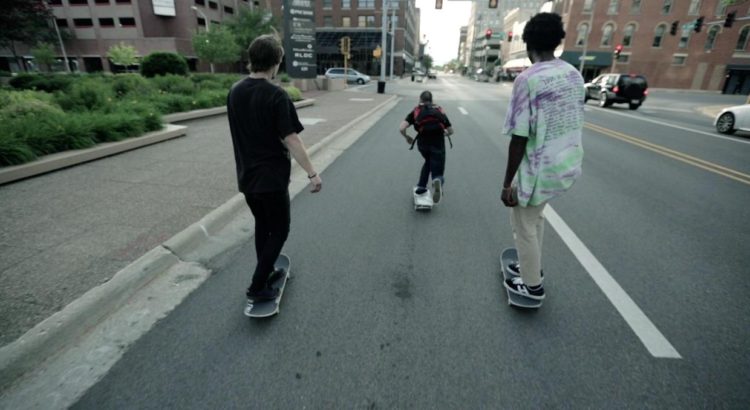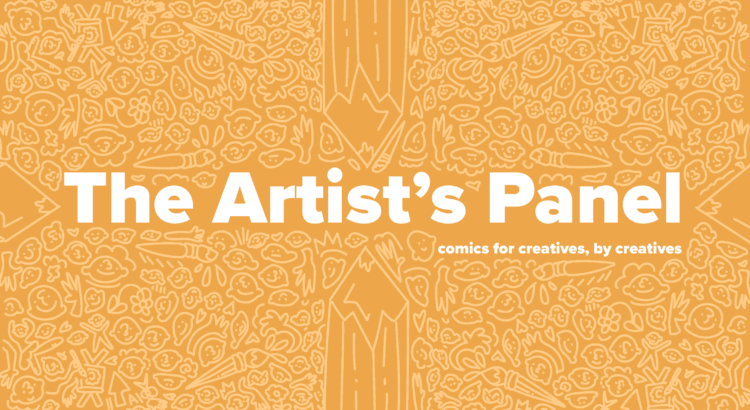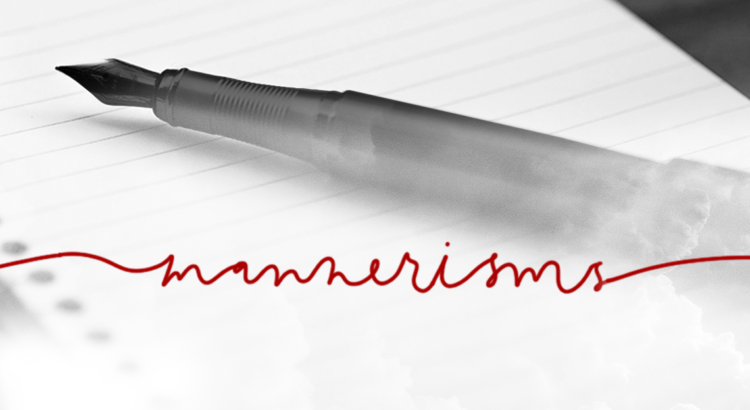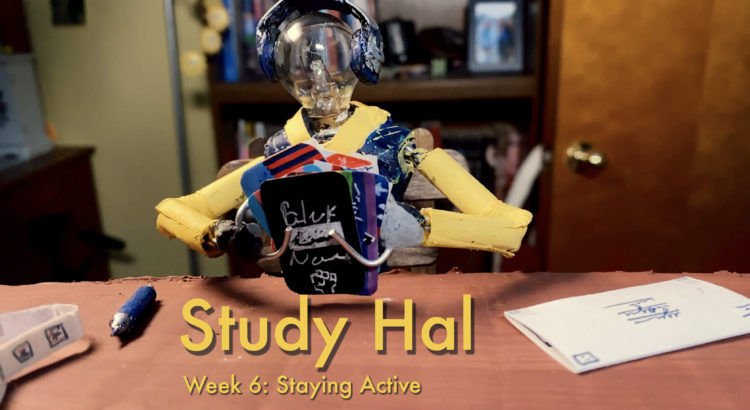Bing Liu, a young Chinese-American director and cinematographer, released his debut feature film, Minding the Gap, in 2018. The documentary accrued positive reception from skateboarders and film critics alike, and racked up several awards and nominations, including one for Best Documentary Feature at the 91st Academy Awards.
Minding the Gap is a beautiful, deep film that follows Liu himself and two of his friends, all young men who grew up in Rockford, Illinois, a Rust Belt city plagued with unemployment and violence. Although footage was accumulated over 12 years, the bulk of the focus centers on the most recent few years, when the men are entering adulthood from adolescence.
The documentary follows Liu’s peers Keire and Zack, who struggle to create content lives for themselves after growing up in abusive homes. Keire, an 18-year-old black young man, works as a dishwasher and then a waiter. Throughout the film, interviews reveal that his father was emotionally and physically strict, then passed away when Keire was a teenager. Zack is 22 years old, and works as a roofer to support his girlfriend and their infant son.
Throughout the ninety or so minutes, thrilling scenes of skateboard tricks are interwoven with heartfelt interviews with the subjects. Posed as a film about friendship and skateboarding, the film explores dark but real subjects such as domestic violence and abuse, alcoholism, and toxic masculinity. Information about Liu’s childhood are slowly leaked, through self-narrative and interviews with Liu’s mother. She tearfully addresses the camera, and admits her regret for not interfering or leaving sooner when discussing how her husband/Liu’s abusive stepfather beat both of them regularly. Meanwhile, Keire grapples with growing up and setting up a positive path for himself, while Zack deals with increasingly violent disputes with his ex-girlfriend Nina and heavy drinking. (Liu discovers that Zack has been hitting Nina during their fights). Viewers realize that skateboarding is truly a way through which the men escape their difficult realities, especially during adolescence. Shared trauma and an emotional understanding clearly connects the trio beyond skating.
I won’t reveal the post-script, but it provides a nice sense of closure to the moving film. I was so pleasantly surprised by the content of the film, which touches on the realities of racism, domestic violence, and economic disparity in 21st century America. If you’re an avid skateboarder or a passionate film buff or just searching for a documentary to obsess over, I strongly recommend Minding the Gap. It’ll change your perspective on a lot things.






 “My major in information science ties to people and how technology affects them, so even though I haven’t made art about tech, there’s definitely a link between how I care about people in my art and in my studies. I really like digital art, so I use a lot of digital software. I think it provides a lot more creative freedom.
“My major in information science ties to people and how technology affects them, so even though I haven’t made art about tech, there’s definitely a link between how I care about people in my art and in my studies. I really like digital art, so I use a lot of digital software. I think it provides a lot more creative freedom.
